The human voice is a remarkable instrument, capable of producing an astonishing range of tones and emotions. In the world of opera, singers harness this potential through a sophisticated interplay of resonance chambers within their bodies. The concept of coordinated resonance cavity linkage lies at the heart of operatic technique, separating the amateur from the virtuoso.
Opera singers don't merely sing from their throats; they perform with their entire bodies. The complex coordination between pharyngeal, oral, nasal, and even thoracic cavities creates that signature operatic sound which can fill a concert hall without amplification. This physiological orchestra requires years of training to master, as the singer learns to manipulate spaces they cannot even see.
The pharynx acts as the primary resonator, its shape constantly adjusted by muscles that most people never consciously control. Professional singers develop an almost preternatural awareness of this flexible tube running from nasal passages to larynx. Through subtle adjustments - a slight widening here, a minute lengthening there - they can dramatically alter tone quality while maintaining perfect pitch.
Simultaneously, the mouth cavity undergoes its own transformations. The position of the tongue, the opening of the jaw, even the curve of the lips all contribute to what acousticians call "vowel formants." Opera singers perfect these articulations not just for diction, but to enhance specific harmonic frequencies. The difference between a good high C and a great one often lies in millimeter adjustments of oral posture.
Nasal resonance presents both opportunity and danger. While the nasal cavities can add brilliant overtones when properly engaged, excessive nasality ruins vocal beauty. The finest singers learn to "place" sound forward in the mask (the facial resonance area) without crossing into unpleasant twang. This delicate balance separates classical technique from many folk and popular styles.
The chest cavity comes into play particularly for lower notes, providing that rich, vibrating quality audiences associate with operatic bass and contralto voices. However, even sopranos utilize some degree of chest resonance to give their highest notes body and warmth rather than sounding thin or shrill. The art lies in knowing precisely how much chest voice to mix into each note across the range.
Beyond individual cavities, the magic truly happens in their interconnection. A well-trained opera singer doesn't simply switch between resonators but creates a seamless column of sound from diaphragm to forehead. This vertical alignment allows vibrations to travel unimpeded through all available spaces, with each cavity reinforcing specific harmonics in the vocal spectrum.
Breath management forms the foundation of this entire system. Without proper diaphragmatic support, even the most perfectly shaped resonators cannot produce sustained, powerful tones. The great Italian maestro Luciano Pavarotti often compared singing to blowing up a balloon - maintaining steady internal pressure while allowing free vibration of the vocal folds.
Different vocal classifications emphasize various resonance strategies. Dramatic voices typically maximize lower cavity engagement for power and darkness, while coloratura specialists optimize upper resonance for agility and brilliance. Yet all successful opera singers master the complete resonance spectrum, able to adjust their "vocal tract tuning" as required by repertoire, acoustics, or dramatic interpretation.
The evolution of resonance technique traces through operatic history. Bel canto practitioners of the 18th century favored lighter, more flexible coordination ideal for ornate passagework. Wagnerian demands pushed singers toward heavier, more chest-dominant production. Modern pedagogy increasingly synthesizes these approaches, seeking efficiency that preserves vocal health while meeting diverse stylistic requirements.
Science continues to reveal fascinating details about resonance phenomena. Imaging technologies now show real-time adjustments inside professional singers' vocal tracts, confirming what master teachers discerned through centuries of observation. Researchers have identified distinct formant patterns that characterize world-class operatic tone, patterns emerging from exquisitely balanced cavity interactions.
For aspiring singers, developing coordinated resonance begins with awareness exercises. Many pedagogues use imagery - envisioning sound spinning forward, or pouring like liquid gold - to help students access these internal spaces. Physical sensations like cheekbone vibration or sternum buzzing provide biofeedback until the coordination becomes second nature.
The journey toward resonant mastery never truly ends. Even veteran performers constantly refine their technique, discovering new connections and efficiencies. When all resonators align perfectly - when the voice seems to sing itself - that's when opera achieves its most transcendent moments, thrilling audiences with the sheer physical glory of human resonance.

By /Jul 25, 2025
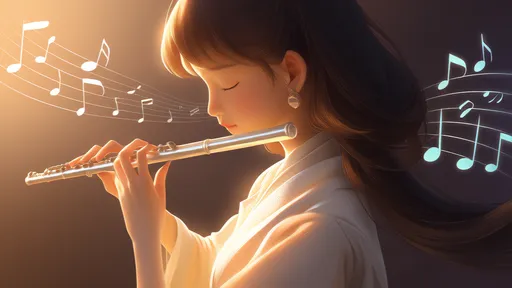
By /Jul 25, 2025
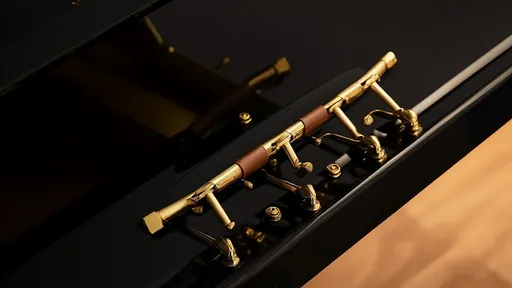
By /Jul 25, 2025
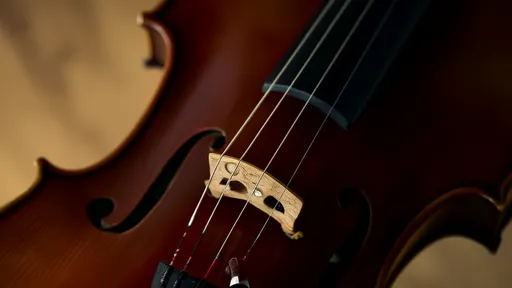
By /Jul 25, 2025

By /Jul 25, 2025

By /Jul 25, 2025

By /Jul 25, 2025
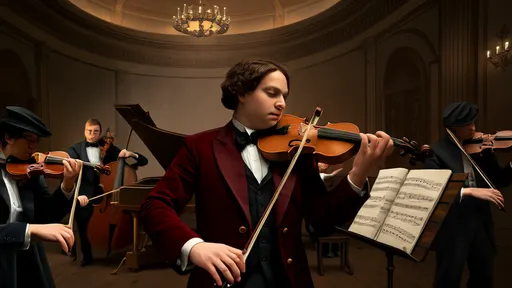
By /Jul 25, 2025
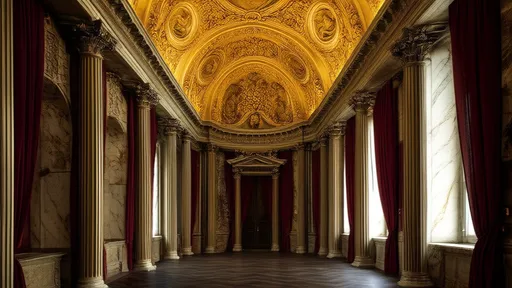
By /Jul 25, 2025
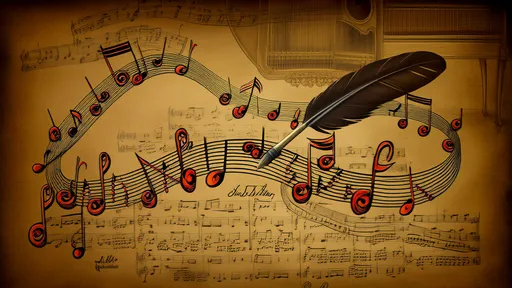
By /Jul 25, 2025
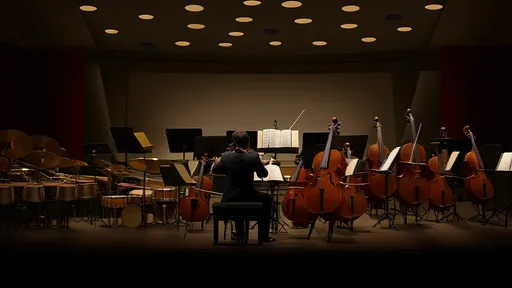
By /Jul 25, 2025
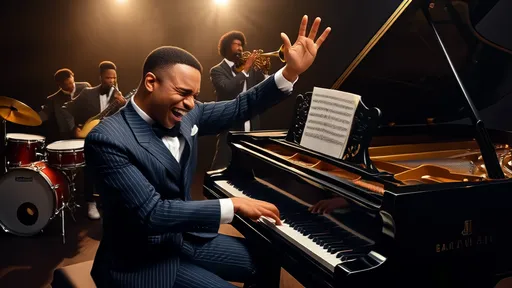
By /Jul 25, 2025

By /Jul 25, 2025
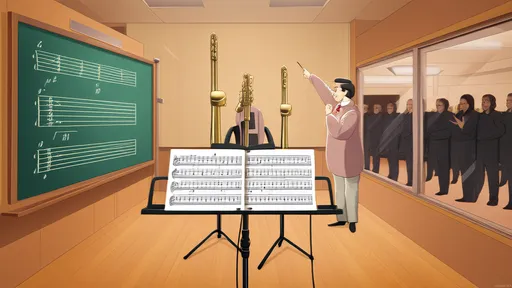
By /Jul 25, 2025

By /Jul 25, 2025
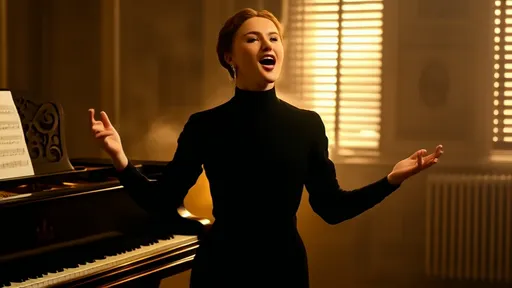
By /Jul 25, 2025
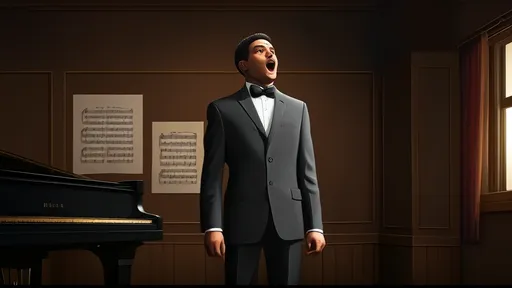
By /Jul 25, 2025

By /Jul 25, 2025

By /Jul 25, 2025
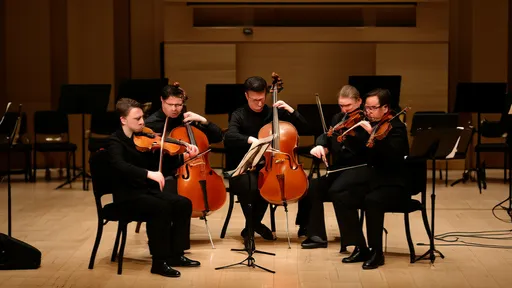
By /Jul 25, 2025